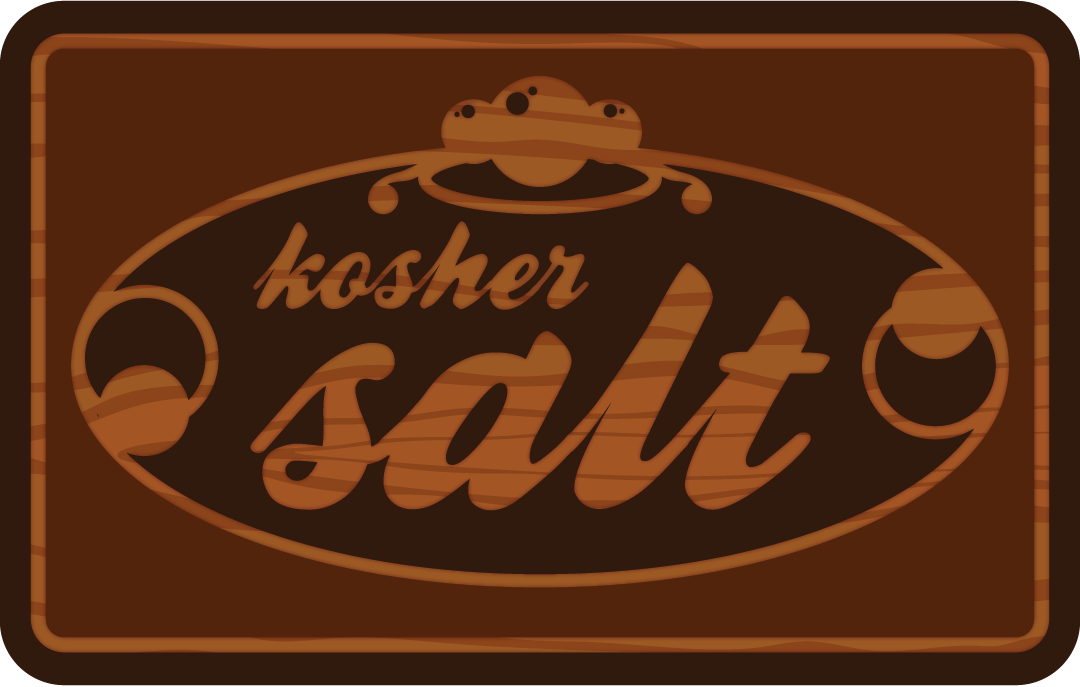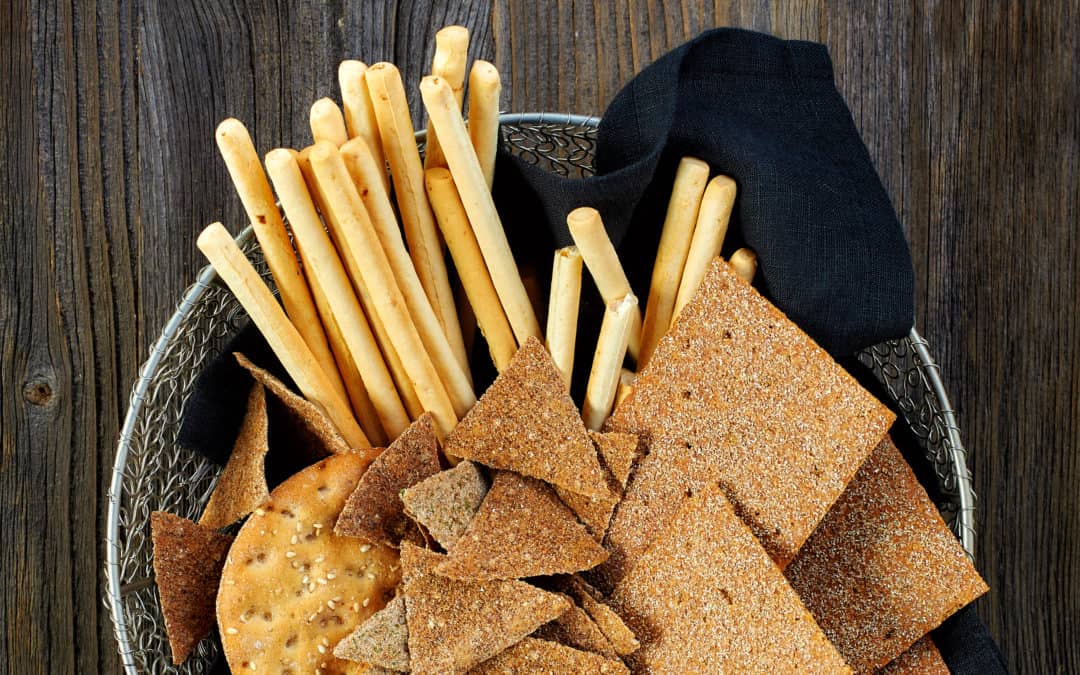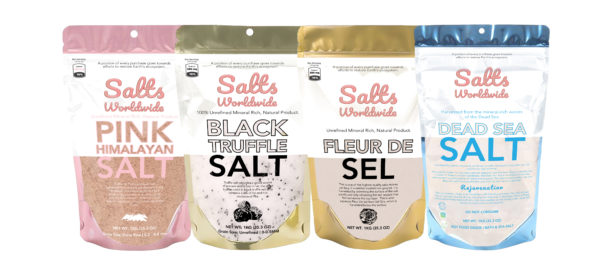Table salt, discussion: The table salt mineral is often called table salt, kosher salt or kosher table salt. No matter the name, it is the salt of the earth. It can be used in baking, cooking and even on sprinkles and tablecloths. Here’s some info to help you learn what table salt is all about and what it does for us.
Table salt is derived from natural salts. This table salt is different from the customary table salt we see in restaurants and homes around the world. These salts are produced by some of the traditional salt mines around the world, but today it can be bought commercially. They are often used in place of table salt and there are two common types: kosher salt and white table salt.
Table Salt – What is it? It is the salt that you put on your table during cooking. Table salt is made by taking the natural salt from volcanoes, rivers and sea and then filtering it through a strainer to remove impurities, which include salt chloride and magnesium chloride. The result is a beautiful pink salt that is safe for cooking and that has a uniform color.
Kosher Salt – It’s the salt of choice in the kosher food industry. This is the kind that is most often used in Jewish food. It is also a very strong preservative, which makes it ideal for preserving foods for many years to come. Unlike regular table salt, kosher salts contain traces of the metal boron. This boron content helps to inhibit bacterial growth after it is added to water.
Pink Salt or Agate Table Salt – It is a form of table salt that has been recycled from old mining camps where it was collected along with other mineral salts. These minerals from long ago mining sites were left behind when the miners left the area. Today, these rocks are recycled into pinkish salt which is perfect for seasoning foods or for use in cooking. Some people refer to this type of salt as manganese sulfate because it closely resembles the mineral sulfur. While it is not actually mined from the mountains, this form of table salt is harvested from old volcanic cayes where the minerals from sulfur were collected.
Rock Salt – It is the saltiest of all salts. It is harvested from beneath the surface of the earth and is not processed like table salt. Instead, it undergoes what is called “saltification” where it undergoes an increased rate of evaporation so that it becomes more concentrated than traditional salts.
Crystal Salt – It is the saltiest of all salts. Because of its high concentration in water, it is a good salt to use in baking. However, it is also a collectors’ item and can be found in jewelry boxes, spice racks, and even carved into statues. There are even salt lumps available in sports bottles. These crystal salts do not undergo any processing like other minerals, so they have a very nice, bright color.
Salt, being a naturally occurring mineral, is renewable. Unlike fossil fuels, which must be mined, and petroleum, which are only produced from an infinitesimal amount, salt is available everywhere. Today, you can easily find this fine natural substance at your local supermarket. If you prefer, you can even purchase it online. As you can see, there is no shortage of table salt. There is simply a need to know what your salt is made of so that you can make informed decisions on what to purchase and where to purchase it from.



